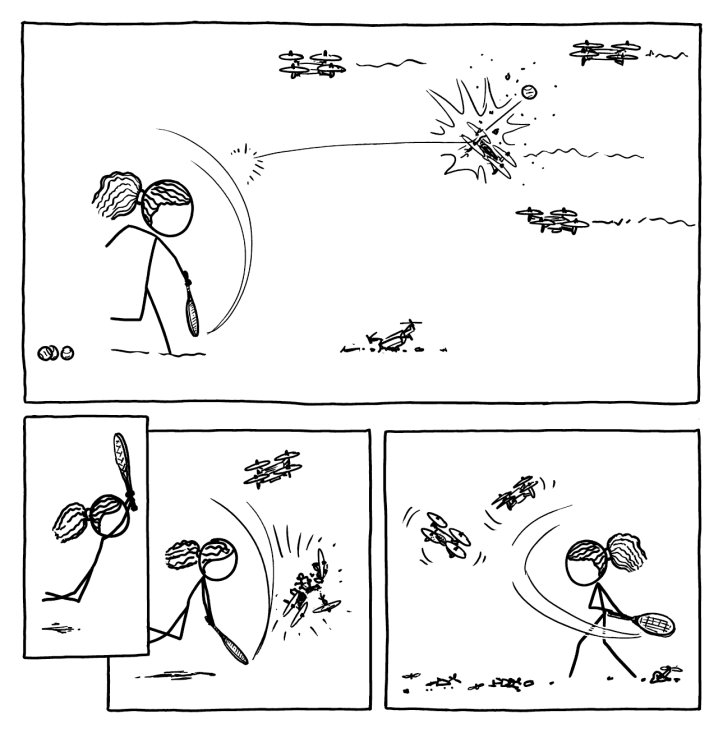
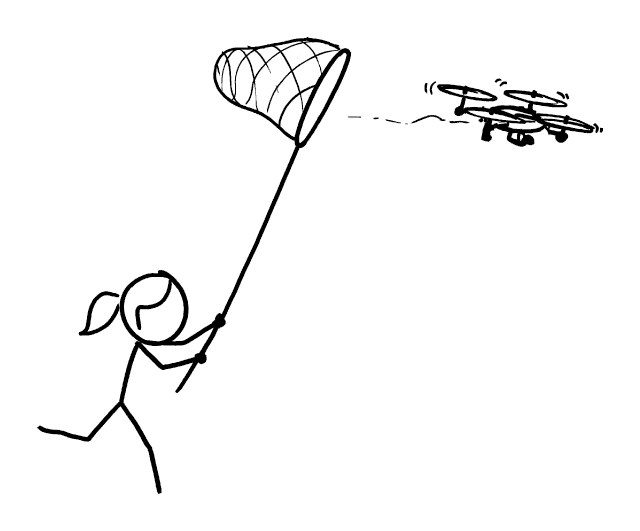
Serena Versus the Drones
My new book, How To, comes out on September 3rd (preorder: Amazon, Barnes & Noble, IndieBound, and Apple Books). One of the most exciting things about writing How To was that, for a few ch…
Follow along with the video below to see how to install our site as a web app on your home screen.
Note: This feature may not be available in some browsers.


BOB aikaan RAF siirsi kohdistuksen 650 metristä 230 metriin. Tykkien kohdalla kyse ei ollut siitä että ne olisivat olleet huonompia, päinvastoin! Hispano Mk 1 tykkiä ei vaan saatu luotettavaksi ajoissa ja aseeseen ei ollut saatavilla hihnasyöttöistä versiota ennen vuotta 1941 .Briteillä oli käytäntönä kohdistaa konekiväärit 150 metrin päähän, vai olikohan vieläkin kauemmas kun olivat vakuuttuneita siitä, että sodassa on kätevämpää ampua koneita konekivääreillä (siis koneissa oli 8-12 konekivääriä), kuin aseistaa koneet kanuunoilla ja ampua ne luotettavammin alas.
Suomen ilmavoimista olen nähnyt mainintoja myös 150 metrin etäisyyksistä, tästä poikkeuksena mainitaan Hans Wind, joka tykkäsi kohdistaa konekiväärit n.50 metrin päähän ja kertoopa tämä kohdistuttaneensa ne kerran 30 metrin päähän joka oli lähinnä läppä, koska tällöin viholliskoneen kappaleet voivat osua omaan koneeseen.
Markkinoille on alkanut tulla pieniä 3d tutkia jotka on suunnitteltu juuri lennokkeja vastaan.
Jos tuohon lisättäisiin joku tietokoneohjattu asejärjestelmä niin voisi päästä vaikutukseen.
Esimerkiksi joku 8 aikalaukaistavaa painevaikutteista kranaattia omaava mustipatteri joka pystyy tarvittaessa ampumaan myös epäsuoraa.
Rynnäköiviä koneita vastaan saattaisi myös toimia jos lentävät matalalla kohteen päältä.
Tutkalle tarvittaisiin joku paineelta suojaava radom jos laitettaisiin molemmat samaan ajoneuvoon.

The U.S. Army recently tested a system that helps defenders wipe the skies of just the unfriendly aerial robots.
In November, the Army hosted a test of Pierce Aerospace’s Flight Portal ID at Fort Sill, Oklahoma. A friendly drone was equipped with a Bluetooth beacon, then sent aloft with a host of enemies, company CEO Aaron Pierce said. Air-defense operators in a Stryker ground vehicle was able to down the “enemy” drones and avoid the friendly one, using a Northrop Grumman anti-drone system called the Sophisticated Counter Unmanned Systems Weapon Radio Frequency that includes a 30mm X 113mm chain gun and a LiteEye electronic warfare system.
Defense One reached out to the public affairs office at Fort Sill and did not immediately receive comment.
“This was the first time getting kinetic with FPID and the results were desirable. I had eyes on the operation from the pilots’ location watching multiple UAS fly down range from the Stryker’s position. I was enthused when the system engaged the hostile UAS with a high explosive round fired from the Chain Gun, leaving our friendly, FPID equipped UAS, to continue operating in an airspace that was no longer contested,” Pierce said in a statement.
Further research will in part ways to better secure the transmission between the beacon and the receiver.
A recently proposed FAA rule would require drones to be remotely identifiable to authorities, so Pierce’s system could have commercial use as well.
The U.S. military is pressing ahead with a variety of swarm research efforts, as are the British armed forces. Last June at Fort Benning in Georgia, DARPA’s Offensive Swarm-Enabled Tactics program tested flying and rolling drone swarms in the air in complex missions in urban environments, such as identifying and surrounding a mock city hall, maintaining situational awareness around it, going inside to collect an object, and securing it.
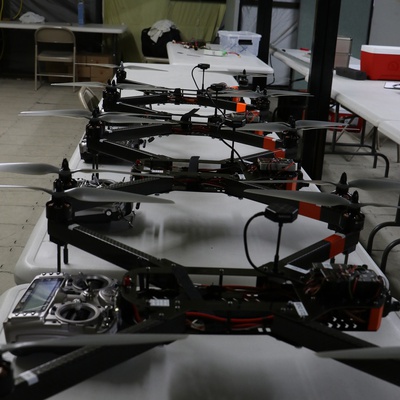
Citadel Defense, a proven innovator in full spectrum counter drone solutions, has released new software incorporating deepfake neural networks to protect against adversarial spoofing tactics. This capability helps U.S. and allied forces combat growing enemy tactics that attempt to confuse existing security intelligence equipment as electronic warfare escalates.
Citadel was the first company to use artificial intelligence and machine learning to counter unmanned system threats. The company has now taken a quantum leap forward by using Generative Adversarial Networks in the Titan C-UAS solution.
Christopher Williams, CEO of Citadel Defense explains, "Just like anti-virus programs have methods to detect software exploits, Titan has automated methods that proactively defend against spoofing exploits. Adding new deep learning capabilities to Titan helps blind the drone-equipped enemy and deny them any advantage or safe haven in contested and complex radiofrequency environments."
Using proprietary image generation algorithms, Citadel has developed discrimination classification models that help determine whether the signal detected is a real drone or a generated signal by the adversary trying to trick existing signal intelligence equipment.
All too frequently, technology providers are promising support for "some" new drone threats in a release that is "launching soon". When your customers face genuine threats to safety, "Some is not a number and soon is not a time," says Williams. "At Citadel, our solution design principles are providing comprehensive, scalable, intuitive, mission-proven and AI-powered capability with unprecedented speed to the customer."
As the use of drones and surface-based robotic platforms proliferate on the battlefield, Citadel is rapidly equipping militaries and governments with the most cutting-edge capabilities to stay ahead of the weaponized drone threat.
In the last three months, Citadel has trained over 500 military and law enforcement operators on emerging adversarial threat tactics and Titan technology. Over 100 Titan systems are being updated with the company's latest software release
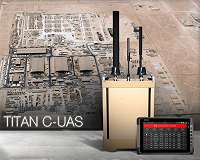
Northrop Grumman has formed a strategic supplier agreement with Epirus, Inc. to offer the company's Electromagnetic Pulse (EMP) capability as a component of Northrop Grumman's Counter-Unmanned Aerial System (C-UAS) systems-of-systems solution offering.
The agreement augments Northrop Grumman's advanced end-to-end C-UAS capabilities by including Epirus' EMP systems to defeat UAS swarms, and specifically supplements the company's suite of non-kinetic C-UAS effects.
"UAS threats are proliferating across the modern battlespace," said Kenn Todorov, vice president and general manager, combat systems and mission readiness, Northrop Grumman. "By integrating the Epirus EMP weapon system into our C-UAS portfolio, we continue maturing our robust, integrated, layered approach to addressing and defeating these evolving threats."
Northrop Grumman's end-to-end C-UAS solutions deliver a layered architecture with a full complement of kinetic and non-kinetic effects, aerial and ground sensors and the battle-hardened, proven and deployed Forward Area Air Defense Command and Control (C2) system, recently selected by the U.S. Army as the interim C2 system for counter-small-UAS capabilities.
Epirus' C-UAS EMP system - called Leonidas - is designed for static and mobile C-UAS defense and utilizes solid-state commercial semiconductor technology to deliver capability with unprecedented reduction in size and weight.
This enables increased stand-off ranges and speed-of-light engagements that do not suffer from issues with magazine depth and capacity. When fired, a Leonidas creates an EMP that can be steered for precision engagements, or adjusted to sanitize a volume of terrain or sky, creating a force field effect.
"We're excited to work closely with the Northrop Grumman team to support their C-UAS systems-of-systems solution offering," said Bo Marr, chief technology officer at Epirus. "Our unprecedented EMP capabilities will complement this offering as we continue to look to the future to understand how asymmetric threats will evolve."
Epirus Inc. is a third-year startup that develops EMP weapons for the U.S. military. Their team combines veteran experience from aerospace and the Special Operations community. Their offices are located in Los Angeles, California.




Calculating three-dimensional position from two-dimensional projections are literal textbook examples in geometry, but those examples are the “assume a spherical cow” type of simplifications. Applicable only in an ideal world where the projections are made with mathematically perfect cameras at precisely known locations with infinite resolution. Making things work in the real world is a lot harder. But not only have [Jingtong Li, Jesse Murray et al.] worked through the math of tracking a drone’s 3D flight from 2D video, they’ve released their MultiViewUnsynch software on GitHub so we can all play with it.
Instead of laboratory grade optical instruments, the cameras used in these experiments are available at our local consumer electronics store. A table in their paper Reconstruction of 3D Flight Trajectories from Ad-Hoc Camera Networks (arXiv:2003.04784) listed several Huawei cell phone cameras, a few Sony digital cameras, and a GoPro 3. Video cameras don’t need to be placed in any particular arrangement, because positions are calculated from their video footage. Correlating overlapping footage from dissimilar cameras is a challenge all in itself, since these cameras record at varying framerates ranging from 25 to 59.94 frames per second. Furthermore, these cameras all have rolling shutters, which adds an extra variable as scanlines in a frame are taken at slightly different times. This is not an easy problem.
There is a lot of interest in tracking drone flights, especially those flying where they are not welcome. And not everyone have the budget for high-end equipment or the permission to emit electromagnetic signals. MultiViewUnsynch is not quite there yet, as it tracks a single target and video files were processed afterwards. The eventual goal is to evolve this capability to track multiple targets on live video, and hopefully help reduce frustrating public embarrassments.
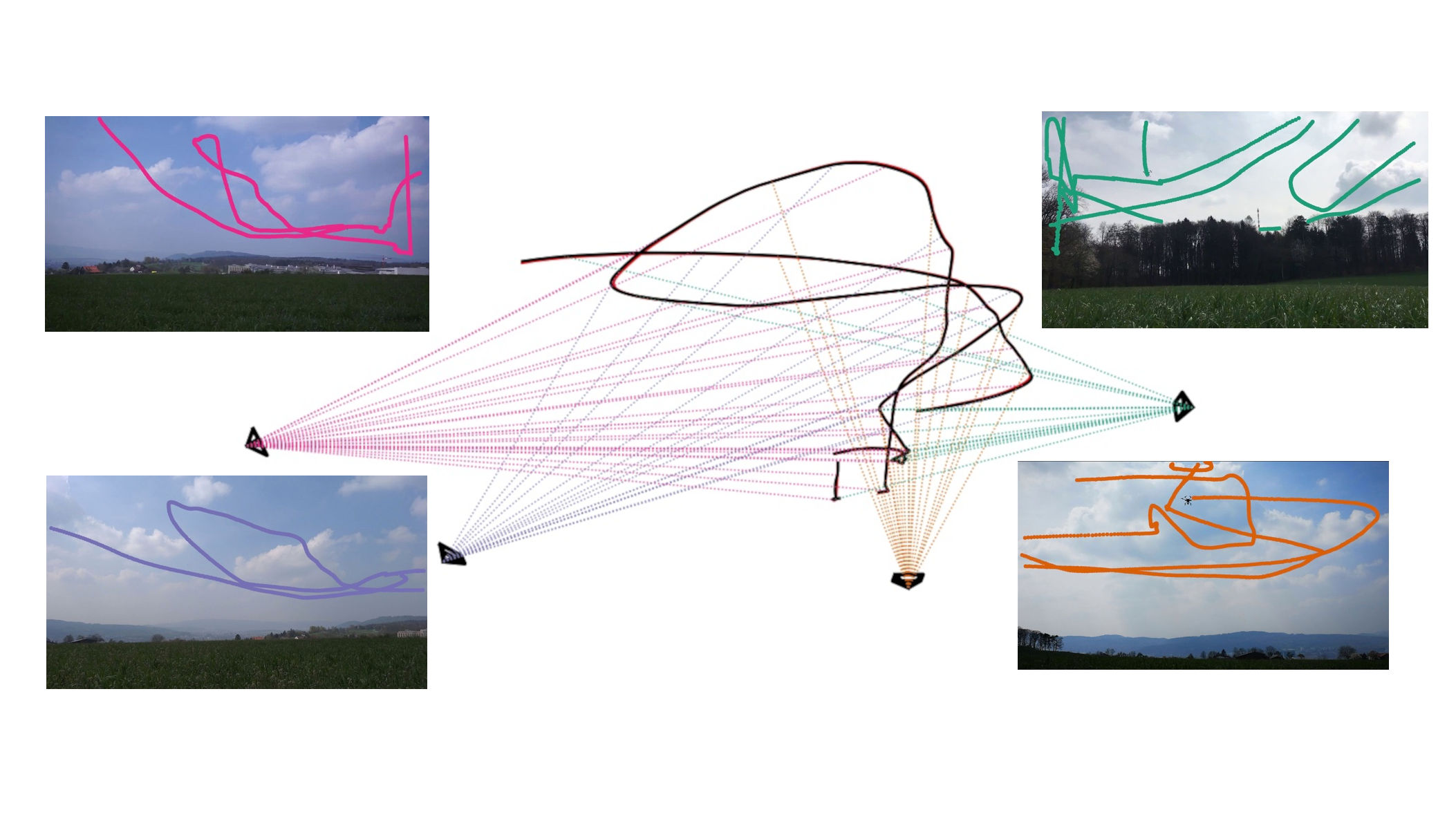
"A mobile counter-drone system that fits into three briefcases has been created. The system is capable of jamming drone control within a radius of 2 km irrespective of the time of day and weather conditions, staying invisible and invulnerable to radio countermeasures. It takes no more than 30 minutes to deploy the system," Rostec said.
The Zashchita counter-drone system is also capable of detecting a drone operator and disrupting a communications channel with the unmanned aerial vehicle. At the same time, the system’s passive coherent location radar makes it invisible for adversary interceptors, it said.
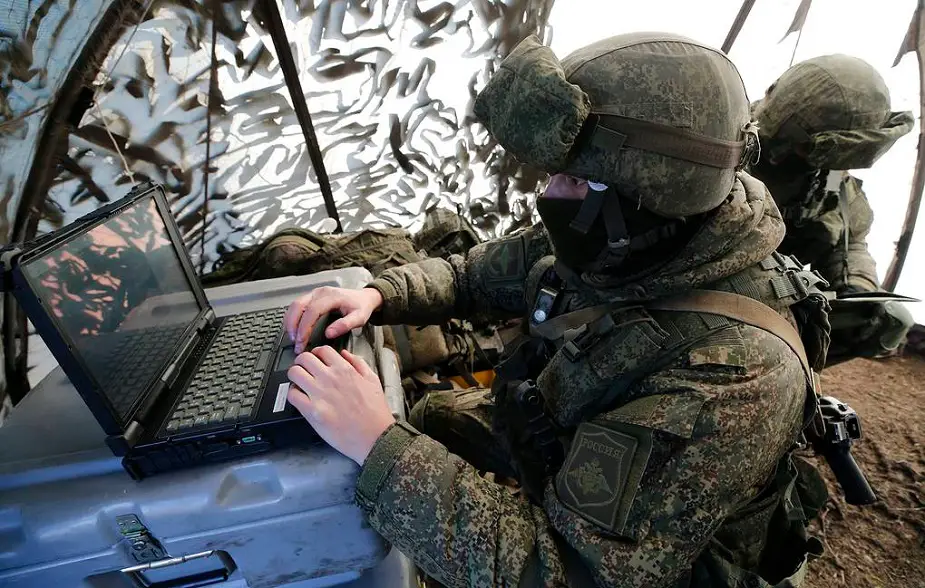
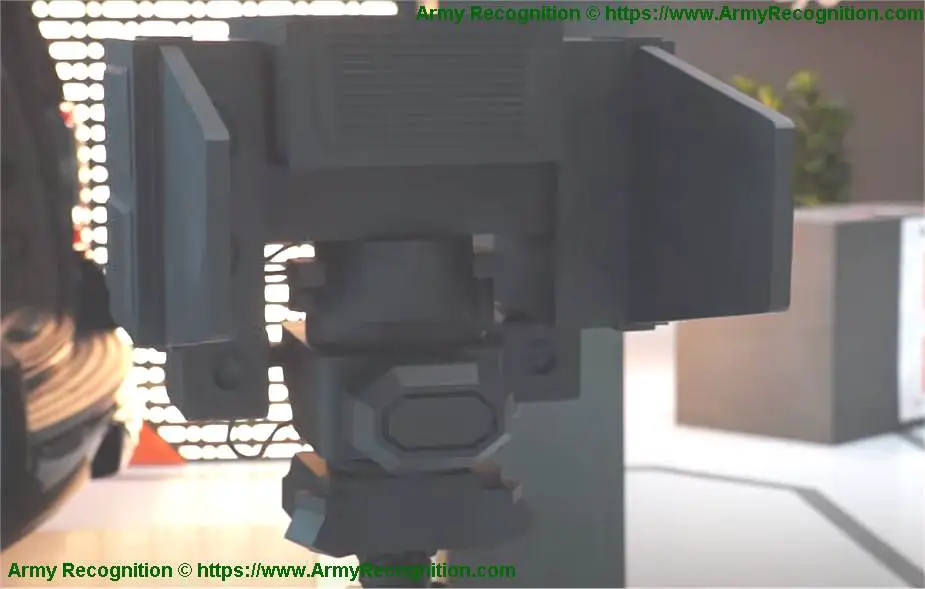
NavControl-G is a sophisticated transmitter unit designed to help prevent unmanned aerial vehicles (UAVs) from trespassing into specific locations. To help safeguard a sensitive area, the system can emulate GPS signals to generate position and timing inaccuracies, thereby taking control of non-cooperating unmanned vehicles. Encased in a shock-proof container, the system can be seamlessly integrated across multiple configurations - either in fixed locations or deployed on the field when required.
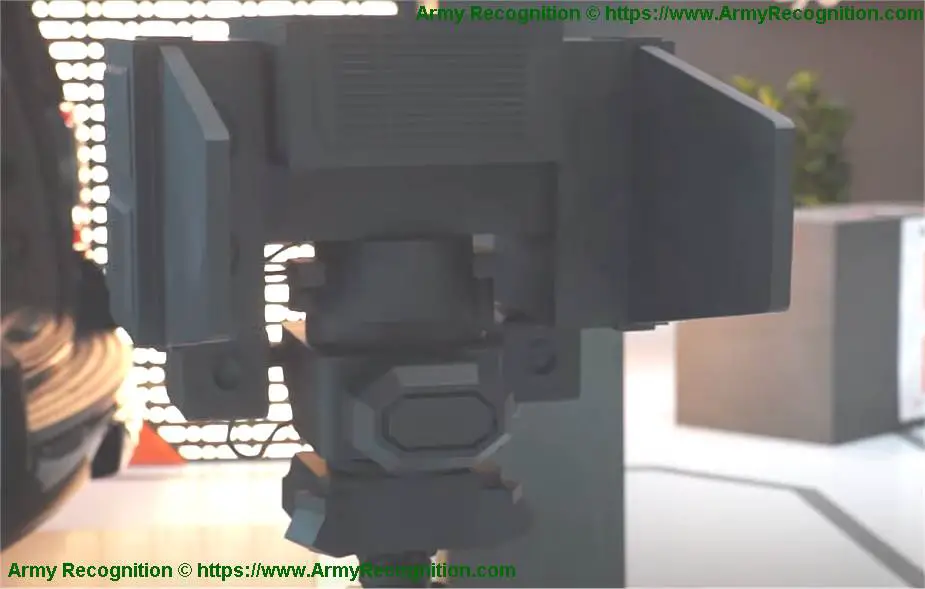
Keksitty jo... kuulostaa loistavalta idealta muutenkin!Ihan omana "innovointina", että olisiko raketinheittimestä dronien torjuntaan? Ei ole erityisen nopea noin 300-400m/s? Lavetti mistä ammutaan voisi olla uhrattavissa. Toisin sanoen halpa ja helposti valmistettava. Jonkinlainen sensoriyksikkö, kameroita tai jopa tutkakin tarvitaan. Ja kaipa näköhavainnokin kelpaa. Tai noiden yhdistelmä ripoteltuna suojattavalle alueelle. Ja ne eivät varmasti ole halpoja. Kumminkin drone pitäisi kyetä havaitsemaankin suhteellisen kaukaa. Varmaan eduksi jos havaintojärjestelmä voisi olla jollakin tavalla erillään lavetista ettei sitä menetettäisi helposti. Rakettiin saanee melko helposti vaikka noin 5km kantaman ja kohtalaisen ison määrään räjähdettä jolloin osuman ei tarvitse olla niin tarkka. Ohjaus voisi olla havoinnon tullessa summittainen, tai vaikkapa käsin ohjattu. Lopussa kai pitäisi olla jokin hakupää millä lopullinen lähestyminen hoituu. Mutta sen pitäisi olla niin halpa, että niitä on vara ampua ns hukkaankin. Joskin niin hyvä, että se löytää kohteen. Drone lienee aika vaikea havaittava muutenkin. Lavetti voisi olla vaikka jokin type63 raketinheittimen tyyppinen tai sinnepäin? Ja ideana, että raketteja olisi tulossa kerralla useampi jolloin väistäminen ja vastatoimet toivon mukaan olisi halvempia. Järjestelmää voisi liikutella vaikka MT-LB? Kohtalaisen halpa ja maastoliikkuva. Sekä tietysti hinattavana mallina jolloin kelpanee kaikki jeepit, hiluxit ja miksei hyvissä maastoissa henkilöautokin.
Saa nauraa ja haukkua. Mutta ainakin jotain koitin keksiä.
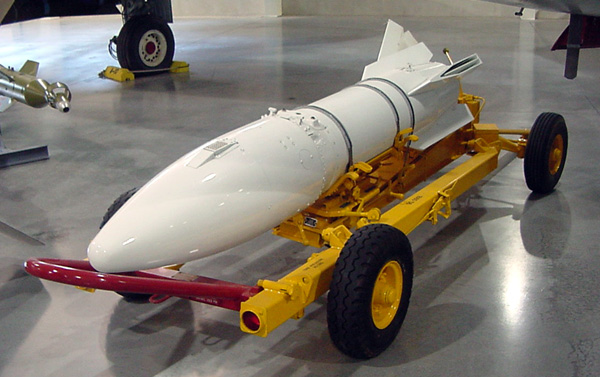
"Räjähdyksen alla seisoi ryhmä vapaaehtoisia ilmavoimien upseereja, todistaakseen aseen vaarattomuuden käytettäessä sitä asutusalueilla. "
